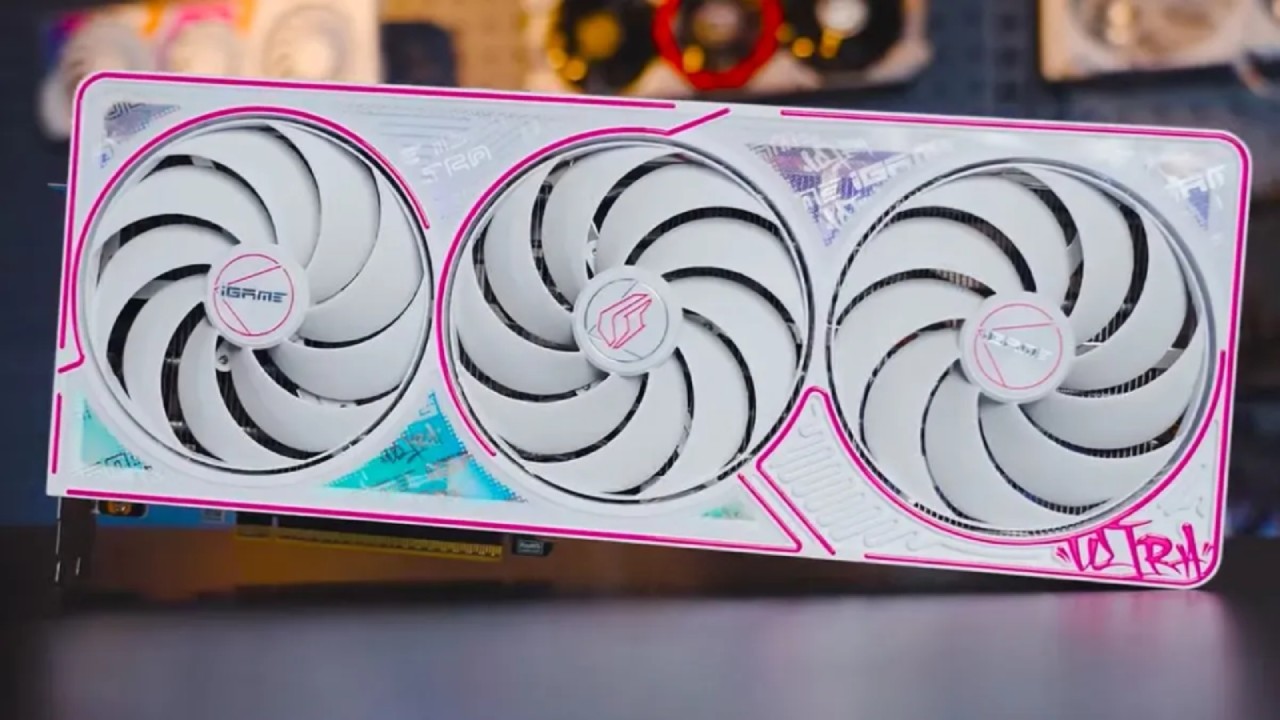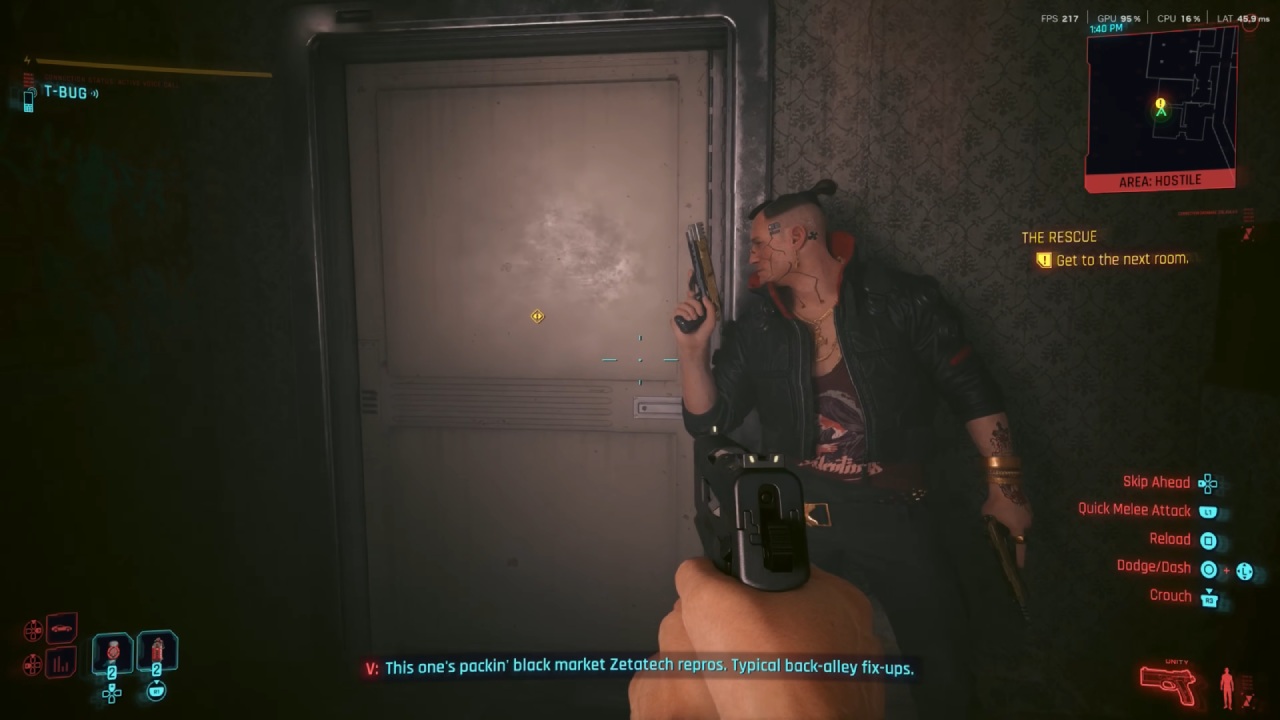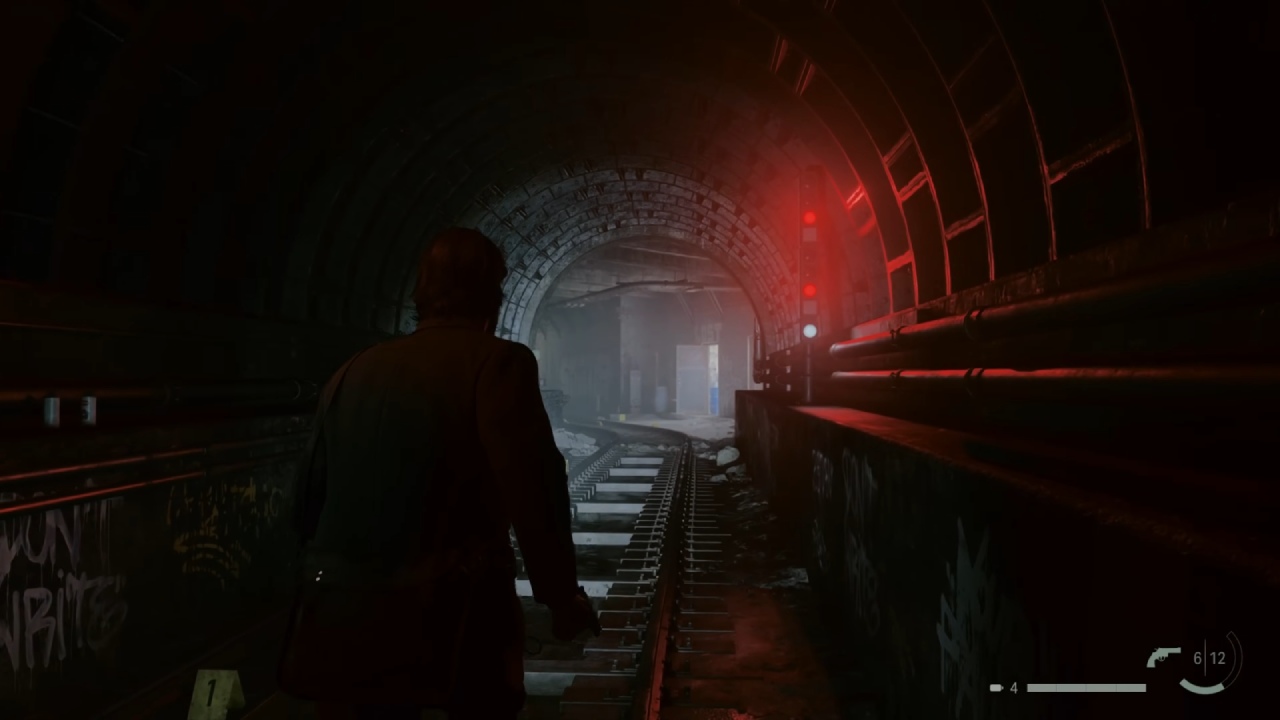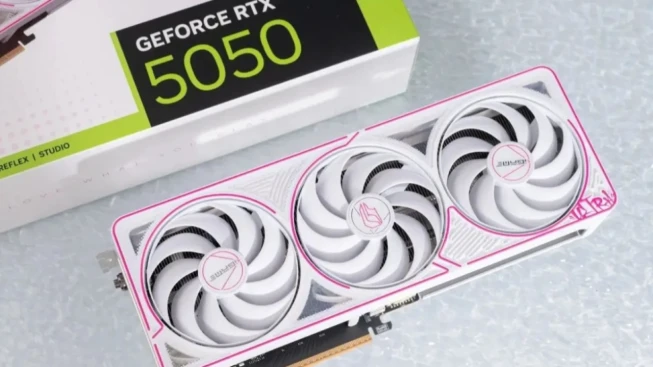The arrival of a graphics card that’s barely acknowledged by its maker raises more questions than answers. Positioned at the entry point of a new generation, this elusive device challenges conventional expectations. Priced competitively, it appears to target budget-conscious gamers, yet its specifications and performance leave much to debate.
Here, we checked what makes this product so peculiar, examined its strengths and shortcomings, and considered whether it truly deserves your attention.

Market Comparison
Until now, the most affordable option in the latest lineup retailed at $299. Despite featuring faster GDDR7 memory on a 128-bit interface, that card was met with lukewarm reception—its 8GB of VRAM proving inadequate for demanding titles.
By contrast, the newcomer launches at $249, undercutting its sibling by $50. On paper, the price point suggests a shrewd play for the entry level segment. In reality, the switch to conventional GDDR6 yields just 320GB/s of bandwidth, matching rival offerings rather than exceeding them.
With memory capacity and bus width unchanged, the question becomes: can a lower price compensate for its technical compromises?
Why Memory Matters
When the previous generation was introduced, 8GB configurations were considered standard. Fast forward two years, and gamers expect to crank settings up, even at 1080p.
High-resolution textures and ray-tracing effects inflate VRAM demands, as illustrated by titles like Indiana Jones and the Great Circle, Doom Eternal, and others that expose the limits of modest memory buffers.
When an 8GB card simply fails to launch the menu, it’s more than an inconvenience—it’s a deal breaker. At this pricing point, more VRAM is not a luxury; it is a requirement for durability.
Technical specifications at a glance
The card uses the GB203 A1 GPU core, which is specific to the 50-series desktop, mobile, and Pro models. The memory configuration comprises 8GB GDDR6 working on a 128-bit bus, providing 320GB/s of bandwidth.
The interface has shifted to PCIe 5.0, running at x8 lanes, a departure from the x16 lanes typically found in comparable models. Stock boost clocks sit at 2,572 MHz, with a one key overclock pushing that to 2,647 MHz.
The thermal design power is rated at 130 W, and the recommended MSRP is $249. These specifications underscore a clear prioritization of cost over raw capability.

Our Testing Platform and Methodology
To ensure a fair comparison, we paired the card with an AMD Ryzen 7 9800X3D processor, 32 GB of Corsair Vengeance RGB memory running at 6000 MHz CL30, and a Gigabyte B650 AORUS Master motherboard. All testing was conducted on the latest version of Windows with the NVIDIA 576.88 Game Ready driver.
We focused exclusively on 1080p resolution, measuring average and 1% low frame rates across ten modern titles using consistent presets.
Rasterization Performance
In A Plague Tale: Requiem, the newcomer trails its close relatives by a significant margin, posting 18% less performance than the previous mid range model and 27% behind its $299 sibling. Two years on, a generational uplift should be expected, yet it remains absent here.
Alan Wake 2 on higher presets delivers 57 fps, matching last-gen hardware almost identically, suggesting minimal gains despite architectural improvements.
In Baldur’s Gate 3, we see playable frame rates on ultra settings, but the uplift over earlier silicon hovers around 11%, which pales when you factor in today’s VRAM requirements and texture sizes.
Black Myth: Wukong marks a slight victory as the newcomer edges out a mid range rival by 4%, yet it only keeps pace with last generation performance.
Counter-Strike 2 shows a 7% performance lead over one competitor, demonstrating that raw shader horsepower still matters; even so, its averages sit within a few percent of established GPUs.

In Cyberpunk 2077, the card shines, averaging nearly identical frame rates to its higher-tier counterpart and outperforming the prior generation by 34%, underscoring how workload characteristics can shift the balance.
F1 24 offers 162 fps but remains underwhelming when a rival provides 12% more for just $50 extra. Indiana Jones and the Great Circle fails to launch outright, unable to load the menu without sacrificing texture pools—a benchmark DNF that highlights the VRAM ceiling problem.
In Starfield, the card struggles to break 60 fps on average, falling 16% behind its predecessor, and moderate drops in 1% lows introduce stutters during open-world exploration.
Finally, in War Thunder, a narrow 5% gap separates the product from its direct rival, marginally ahead of it but still underdelivering on the expected generational improvements.
Across rasterization tests, the newcomer averages 127 fps, placing it 6% below a two-year-old model and 14% behind a five-year-old flagship, despite costing $50 less than the latter at launch.
Ray Tracing Performance
When lighting effects amplify hardware demands, gains are sparse. Alan Wake 2 RT surpasses older mid range hardware by 5%, clearing 60 fps—but only with upscaling set to balanced. Black Myth: Wukong RT matches past generation mid range performance, trailing newer GPUs. Cyberpunk 2077 RT sees performance plummet compared to rasterization, mirroring the fate of its predecessor. F1 24 RT manages 61fps yet still sits at the bottom of our charts.
Combined, ray tracing averages fall 5% behind a two year old model and 13% behind a mid range SKU from five years ago. Only when a competitor collapses under load does the newcomer appear more appealing—a testament to the rival’s shortcomings, not this card’s strengths.

Cost Per Frame Analysis
Evaluating dollars per frame reveals that at MSRP, the newcomer delivers $1.96 per frame. By comparison, a two year old competitor comes in at $1.86 per frame, and a five year old flagship offers $1.71 per frame.
Despite the lower sticker price, the new card commands $0.10 more per frame than its cheaper rival while delivering 32% less performance than the older flagship.
Even considering real world street prices, spending $50 more typically secures more VRAM, higher bandwidth, and smoother gameplay across today’s titles.
Power Consumption and Thermal Behavior
Under an hour long loop of a demanding racer at max settings, thermal and power metrics remain well-controlled. Both the GPU and memory temperatures stabilized at around 61°C, with fan speeds maintaining 1,354 RPM—a quiet and unobtrusive setting.
Power draw hovered just under the 130 W TDP, indicating good efficiency. Clock speeds remained consistent, with the GPU core operating at around 2,925 MHz and memory at its rated speed of 2,500 MHz (20 Gbit/s).
While efficiency is commendable, it can’t replace the need for competitive frame rates.
Value Proposition
We’ve walked through benchmarks, price metrics, and thermal charts. If you demand max settings in modern titles, 8GB quickly becomes a ceiling you’ll hit. At $249, the card may tempt you, but stretching your budget for a 16GB alternative buys you peace of mind, wider memory bandwidth, and future-proofing.
For ray tracing, generational gains remain minor except in isolated titles. Efficiency and quiet operation are welcome, yet for many gamers, raw smoothness remains king.
By narrowly hitting a price target, the manufacturer seems to prioritize entry level affordability over meaningful innovation. The card scratches at relevancy without redefining it.
Gamers craving value may find the cost-per-frame acceptable, but VRAM limitations and modest generational gains raise questions about the product’s longevity.
If you can stretch your budget, options with more memory and bandwidth promise a safer bet both today and in the future.
Check Our Other NVIDIA Articles:
- GeForce RTX 5090 Unleashed: Is NVIDIA’s New Flagship the Ultimate 4K Gaming GPU?
- NVIDIA GeForce RTX 5080 Review (2025): Still A 4K Gaming Powerhouse?
- NVIDIA GeForce RTX 5080 Super Performance In Cyberpunk 2077: Path Tracing & DLSS 4.0 Tested
- RTX 5090 Performance Testing In GTA 5 – 1080p, 1440p, and 4K Max Settings Benchmark
- RTX 5090 Laptop Vs. M4 Max MacBook Pro: Ultimate Raw Performance Vs. Battery Endurance
- NVIDIA RTX 5070 Review: Mid-Range Muscle or Marketing Hype?
- RTX 5070 Ti Review: Performance, Thermals & Power Efficiency Tested
- Asus ROG RTX 5090 Astral OC Vs. Founders Edition: The 4K Gaming Benchmark
- ASUS ROG Astral RTX 5090 OC Edition Review: 32GB GDDR7 & 4K Gaming Benchmark
- ASUS GeForce RTX 5090 LC Liquid Cooled GPU Review: Unmatched Silence & Speed
- MSI GeForce RTX 5090 32GB SUPRIM SOC Review: Power Efficiency, Cooling, and Gaming Performance
- DLSS 4 Balanced vs. Performance: Striking the Perfect FPS and Image Quality Balance
- NVIDIA GeForce RTX 5050 Review: Specs, Gaming, and Pricing Versus Rivals
